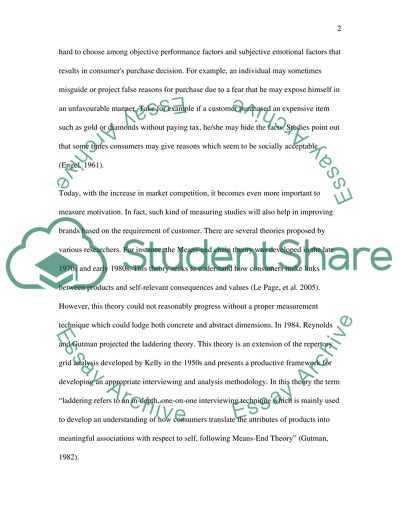Cite this document
(Consumer Behaviour: Motivation Term Paper Example | Topics and Well Written Essays - 2000 words, n.d.)
Consumer Behaviour: Motivation Term Paper Example | Topics and Well Written Essays - 2000 words. Retrieved from https://studentshare.org/marketing/1544514-consumer-behaviour-motivation
Consumer Behaviour: Motivation Term Paper Example | Topics and Well Written Essays - 2000 words. Retrieved from https://studentshare.org/marketing/1544514-consumer-behaviour-motivation
(Consumer Behaviour: Motivation Term Paper Example | Topics and Well Written Essays - 2000 Words)
Consumer Behaviour: Motivation Term Paper Example | Topics and Well Written Essays - 2000 Words. https://studentshare.org/marketing/1544514-consumer-behaviour-motivation.
Consumer Behaviour: Motivation Term Paper Example | Topics and Well Written Essays - 2000 Words. https://studentshare.org/marketing/1544514-consumer-behaviour-motivation.
“Consumer Behaviour: Motivation Term Paper Example | Topics and Well Written Essays - 2000 Words”. https://studentshare.org/marketing/1544514-consumer-behaviour-motivation.


